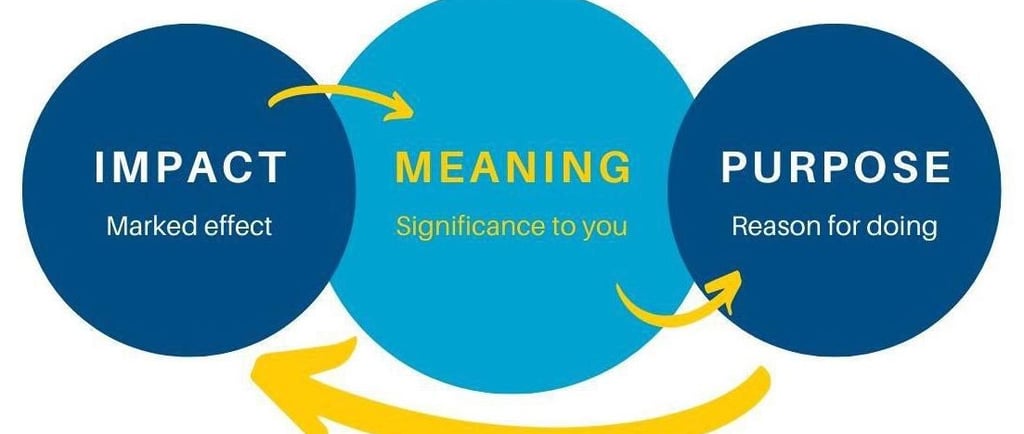Why define the purpose of the Organization?
In Theodore Levitt's "Marketing Myopia," he argues that businesses succeed by focusing on customer needs rather than just selling products. This principle is more relevant today, as purpose-driven organizations like Lego and Microsoft thrive by aligning with societal values, driving customer loyalty, and inspiring innovation.


In the classic paper ‘Marketing Myopia’ by Theodore Levitt, published in the Harvard Business Review in 1960, Dr Levitt highlights that businesses will do better in the end if they focus their attention on meeting customers’ needs rather than on selling products. Fast forward nearly 50 years and the wisdom of the statement still holds good more than ever.
Defining an Organisation’s purpose and moving away from a transactional view of profits and cost is key to its success in a digital world. Today research shows that consumer are 4X more likely to purchase, 4.5 X times more likely to recommend and 6X more likely to defend brands that they believe have a strong purpose. 80% of consumers want their organisation to get involved in societal problems.
Clearly top firms are recognising this and taking steps to build a brand narrative that is more closer to what the customers expect from their firms. The main driver of the statement of purpose should be the problem that the firm solves for its consumers. Let us take a few examples to illustrate this.
Lego has redefined its purpose as ‘Inspiring Children’s creativity’ vs the earlier positioning as a maker/ seller of toys!
Microsoft’s purpose of ’Empowering every person and every organisation to achieve more’ has brought about a transformational change and inspired its employees to innovate new products and service offerings.
These examples and many others clearly show that there exists a huge opportunity for firms to drive the culture of the organization and inspire its employees by becoming more purpose driven.
